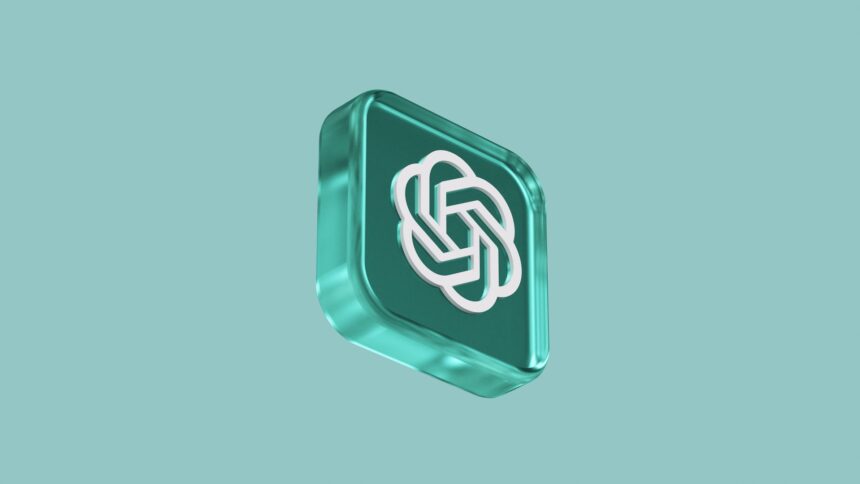The lauded AI language model ChatGPT by OpenAI, once applauded immensely for its innovative prowess, seems to have stumbled lately. Despite past accolades, the bot’s current performance has forced enthusiasts to question its unexpectedly declining prowess.
Born from the creative brains at OpenAI, the next-level chatbot, ChatGPT, evolved after numerous revisions, refining its capabilities. Interestingly, while some point fingers at cost-saving measures, others believe the introduction of safety measures like warnings and disclaimers may be the culprit fueling ChatGPT’s lapse. The researchers wittily named this as possible safety alignment, though the argument certainly requires further probing. Yet, by and large, let’s not dismiss the undeniable absence of widespread community feedback, a pivotal factor likely contributing to the perceived faltering performance.
The deteriorating quality was exposed starkly when its software development capabilities were scrutinized. Dissenters pointed to needless verbosity and irrelevant material produced by the model, despite the commands it received. Benchmarking via visual cues and datasets from the Abstract Reasoning Corpus indicated clear performance drops; a concern affirmed by AI researcher Santiago Valderrama who took to Twitter, stating, “GPT-4 is getting worse over time, not better.”
Complicating matters further, rumours persist that OpenAI’s developers deployed an assembly of smaller, specialized GPT-4 models to reduce costs. Yet, this supposedly cheaper and faster alternative allegedly compromised quality and expertise.
The speculation was mirrored in an intriguing study between March and June 2022 by researchers from Stanford and UC Berkeley. Armed with a detailed set of evaluation criteria for coding, math, and visual cognition, the researchers dug deep into ChatGPT’s prowess. The results were jarring. In a prime number math challenge, ChatGPT’s performance took a nosedive, sliding from a robust 97.6% accuracy rate in March to 2.4% in June; a downgrade that can’t be brushed aside. Once commended for its potential, ChatGPT’s journey seems to have taken a startling course.
Nevertheless, Dr. Jim Fan, an AI researcher, offered a potential explanation for this degradation — the side effect of safety alignment. He conceded that in an attempt to guard against abuse, ChatGPT’s functionality may have been compromised. The ongoing trade-off between safety provisions and usability could lead to a muted decline in cognitive capabilities.
An alternative solution to rein in further regressions suggested by aficionados is adopting open-source models like Meta’s LLaMA, which allows community debugging. They further emphasize the need for constant benchmarking to identify and rectify regressions in time.
This fall from grace has prompted many faithful users to voice their frustration. Valderrama points to “hundreds, maybe even thousands” of replies noted on social platforms criticizing the degraded quality of GPT-4. Surrounded by myriad hypotheses, OpenAI’s recent lapse stimulates a robust debate in the AI community.
One takeaway from this narrative is that even a trailblazing AI model is not exempt from growing pains. The case of ChatGPT hence stands as a harsh reminder that relentless innovation carries the burden of immense expectations, and the journey to perfection is seldom linear or devoid of setbacks.
Perhaps this intriguing saga of ChatGPT will motivate industries, researchers, and developers to address emerging pitfalls, reassess their strategies, and aspire for higher standards in advancing AI performance. The ball is now in the court of OpenAI and the community at large, who must reclaim the shiny baton of excellence for ChatGPT, remedying its glitches and embracing innovative pathways to drive us closer to the utopian AI future we envisage.









